The world of nursing—then and now
The Mindset List, created by Beloit College in Wisconsin, helps faculty members prepare for incoming students by ensuring that their cultural references are up-to-date and reflect the worldview of current students. Its originators, Humanities Professor Tom McBride and former Public Affairs Director Ron Nief, have published this clever list since 1998 to help faculty stay in touch with younger generations. The list helps faculty recognize the differences between the truisms of their own formative years and the changes shaping the world of incoming students.
The 75 items on the Mindset List for the Class of 2014 ( www.beloit.edu/mindset) humorously contrast generational differences in the perceptions of trends, celebrities, and politics. They reflect the latest advances in technology, consumer products, economics, sports, and public opinion. Many items on the list will make you laugh; some are reminders of ever-changing sociopolitical norms.
The nursing world, too, has evolved dramatically since the largest cohort of nurses, now ages 50 to 54, entered the workforce in the 1970s. When they graduated from nursing school, news headlines chronicled these events:
- The first Apple® computer is developed.
- The Supreme Court allows removal of life support for Karen Quinlan.
- Elvis Presley dies.
- Congress approves a $1.5 billion bailout for Chrysler.
- The disposable razor is introduced.
- Capital punishment is deemed constitutional.
- Oregon decriminalizes marijuana.
- The Department of Energy is created.
More recently, as nurses entered the workforce during the first decade of the new millennium, we saw headlines like these:
- The Department of Homeland Security is created.
- Medical marijuana is legalized in 14 states and the District of Columbia.
- States place moratoriums on executions, as half the public favors life without parole over the death penalty.
- Congress approves a $25 billion bailout of the auto industry.
- Social networking connects people around the world. (Even Grandma is on Facebook!)
The nurse’s list
In keeping with the spirit of Beloit’s Mindset List, I offer some observations about nursing care from the 1970s to the present.
In the 1970s:
- Nurses lived and died by the Kardex, a folded card-stock roadmap to all things for the patient, completed in pencil and continuously crossed out or erased and updated.
- Universal precautions didn’t exist.
- Electrophysiology studies were done at the bedside to discover and treat arrhythmias.
- GI bleeds were managed by inserting tubes with balloons (attached to football helmets) to tamponade varices.
- Warm-water-heated metal bedpans were used for patient comfort.
- Central venous pressure was measured with water manometers.
- Nurses used the second hand of a wristwatch to calculate I.V. drip rates.
- White oxford lace-up shoes were the norm for nurses.
- Only operating-room (OR) staff and physicians wore scrubs.
- Vital signs recording required a three-colored pen to reflect the three different shifts.
- Nurses mixed antibiotics without pharmacist assistance.
- Nurses became proficient in I.V. sticks by practicing on one another.
- Patients were weighed manually.
- Requisitions were completed on typewriters.
- Public health meant well-baby check-ups at the new mother’s home.
- Grandma died at home.
- Patients heading for the OR had their body hair shaved with hand razors.
- Most surgery patients were admitted to the hospital the night before.
- Nursing caps were still popular.
- The Physician’s Desk Reference and the U.S. Pharmacopeia, chained to the desk, were the common drug references.
- Nurses carried trays with cups of pills and med cards.
- Cancer was a death sentence.
- Staff and patients smoked in the hospital.
Now:
- Nursing care is highly specialized, and hospital patients are grouped geographically in units by disease or body system.
- Computed tomography and magnetic resonance imaging scans are the first order of business before a definitive diagnosis is made.
- The average length of stay in acute-care hospitals is 4 days (down from 11.4 days in 1975).
- Heart revascularization procedures are done on an outpatient basis in the catheterization lab in one day.
- Scopes and lasers are used to treat numerous bleeding conditions.
- I.V. infusions are regulated with sophisticated pumps run by safety software.
- Plastic shoes, clogs, and sneakers are common footwear for nurses.
- Pharmacists and pharmacy technicians prepare, compound, and deliver drugs and infusions following rigorous safety checks, sometimes involving preparation in special hoods.
- Automated beds are used to weigh and reposition patients.
- Ceiling-mounted lifts transport patients from bed to commode.
- Nursing caps occupy space in museums.
- More than two-thirds of patients exceed the 5-year survival rates for most cancers.
- Online references for pharmaceuticals, nursing procedures, and evidence-based practice provide instant information at the point of care.
- Home-care nurses provide acute- and critical-care interventions, and teach family members how to perform these techniques.
- National patient safety goals mandate practices to minimize the risk of errors.
- Multidrug resistant organisms create daily challenges for patients, families, staff, and caregivers.
- Elderly patients undergo invasive procedures at the request of family, even when healthcare professionals know such care is futile.
- Low-birth-weight babies have a survival rate of 90% (up from less than 50% in 1960).
- Nurses provide a growing percentage of primary-care and chronic-care patient management.
- Nurses are leaders in every aspect of healthcare delivery, education, research, and policy formation.
While some people pine for the “good old days,” we need to appreciate the scientific and technological advances that allow nurses to deliver sophisticated care in a contemporary fast-paced environment. At the same time, we must preserve and practice the time-honored skills of listening, therapeutic conversation, and personal touch in caring for patients and families.
Nurses are the ultimate healthcare monitors—vigilant observers and problem solvers, poised to take action whatever the challenge. Our mindset is one of preserving the unique attributes of our roles while embracing the progress that helps us excel.
Pamela F. Cipriano, PhD, RN, FAAN, NEA-BC
Editor-in-chief
American Nurse Today








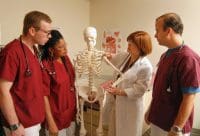
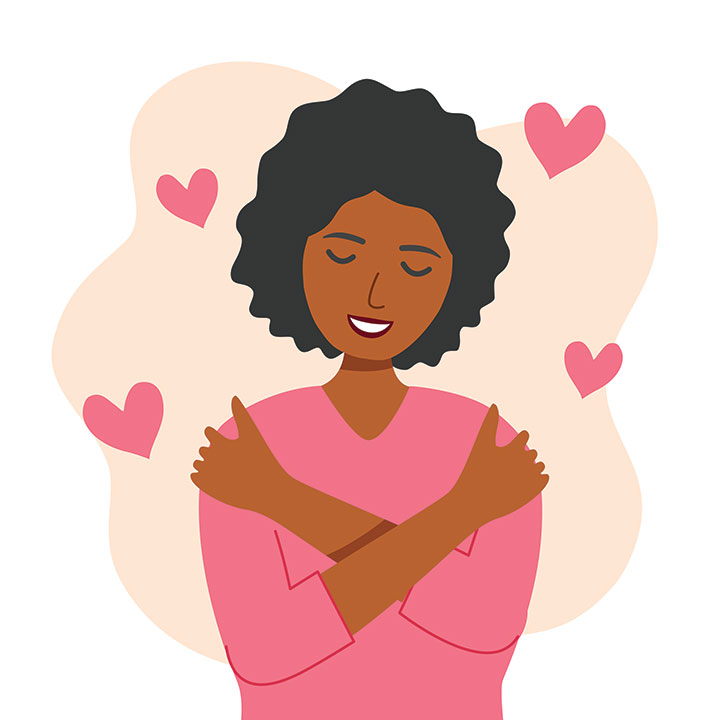

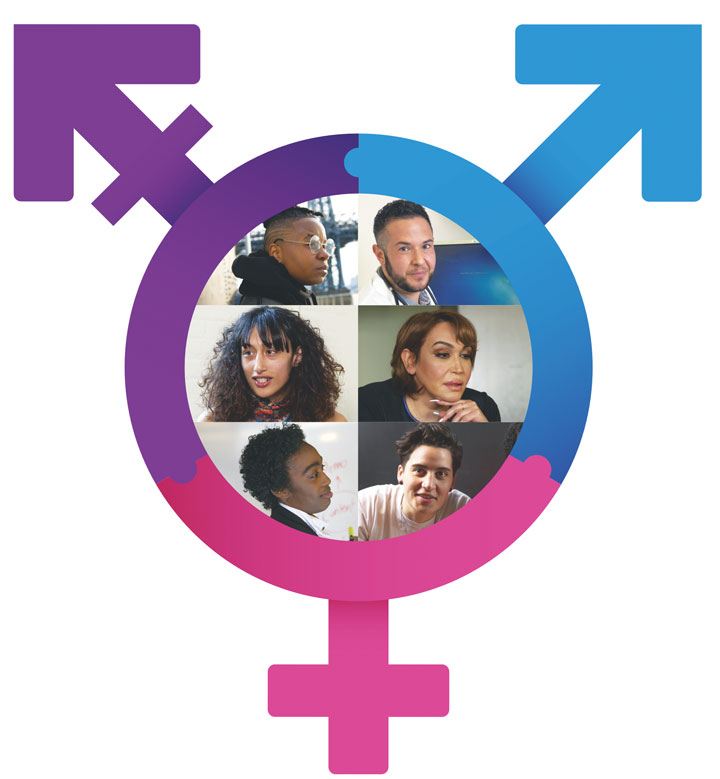
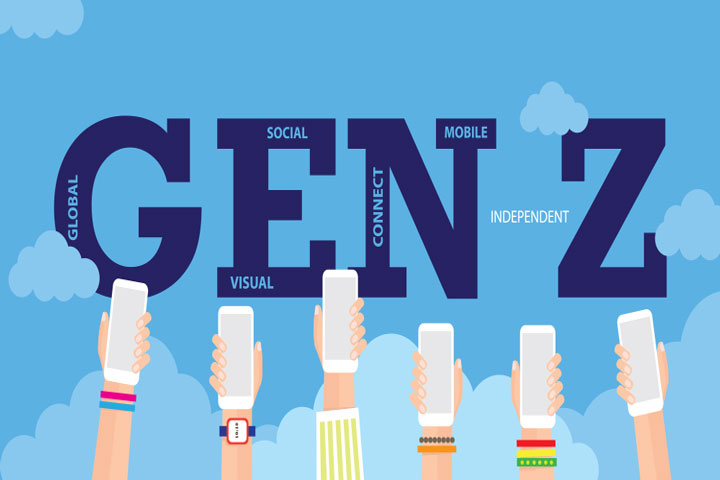
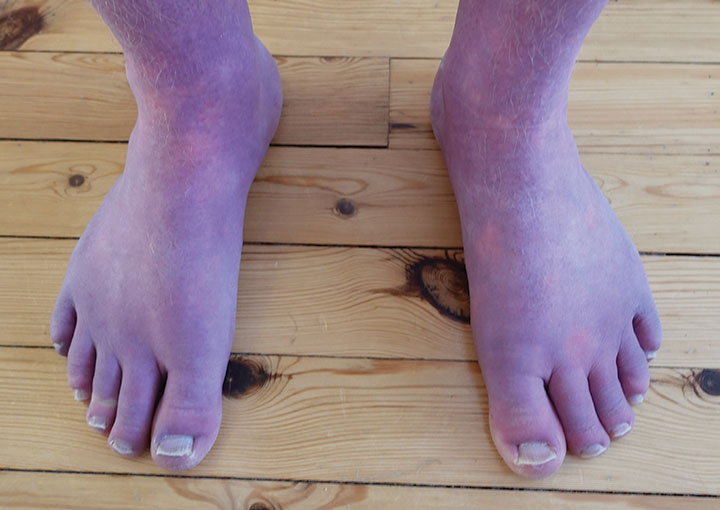
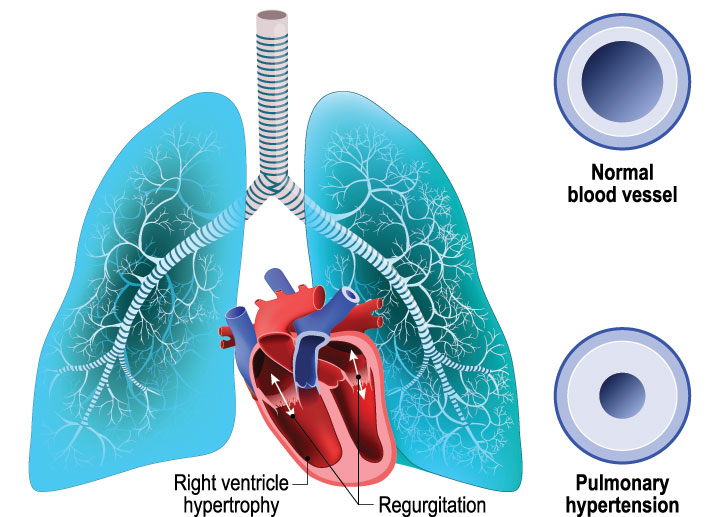
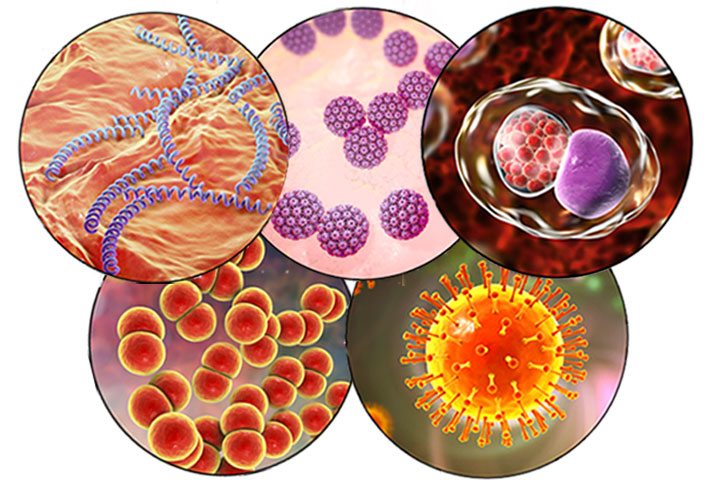
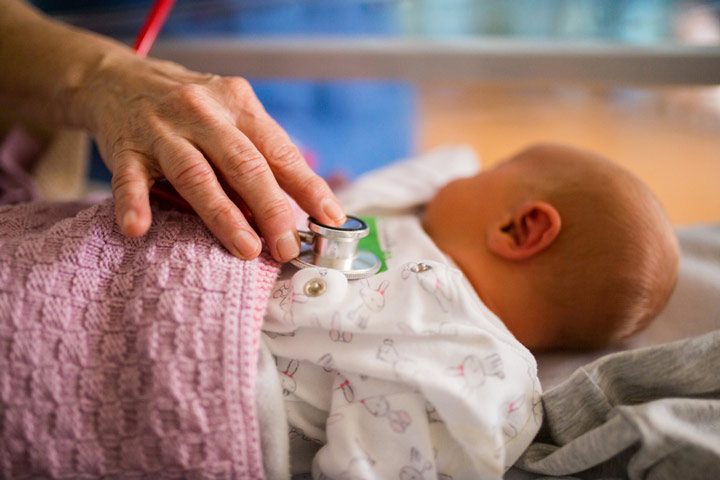

11 Comments.
I love this article. I hope it helps us understand how intense nursing school is today for our students and how much more we expect them to know upon graduation. Same applies to our new graduates entering into practice. Thanks for the memories. A 1970’s nursing graduate!
Helen, can you be more detailed in your comment about the “need to do more soul searching about issues”. I’m not sure I understand your point. Perhaps errors went undocumented/reported before?
Jennifer
Looking back at my 33 years in the operating room, it was difficult, challenging, exciting, and tiring beyond belief. But all staff were on the same page i.e. safe patient care. Teams worked together without power struggles and no one attempted to replace the surgeon, who was present for the patient’s entire case! The data about the numbers of medical and surgical errors, in the present era, in my opinion, illustrates to me that “nursing” needs to do some soul searching about their real issues
And everyone had a Posey Belt 😉
“Nursing caps occupy space in museums”…and my hall closet! Thanks,Pam, for a thoughtful essay as well as a trip down memory lane.
And stacked up in several paper grocery bags, plus a whole display shelf stacker, plus other open shelves in my spare bedroom! Considering the prices many of these caps are getting now on places like Etsy and eBay, I’m thinking about photographing them all and getting a separate rider on my homeowners insurance policy to be sure I get them completely covered in case of some disaster!😉 I’ve been collecting them for decades! I love my nurses caps collection.
I learned how to make several styles of nurses caps from several kinds of white paper, tape, and staples, with scissors, ruler and pencils, when I was in the second grade in 1964! We were making Pilgrim hats for a Thanksgiving program in school, and it didn’t take me very long to notice how much our (girl’s) Pilgrim bonnets made from white paper looked like nurses caps, and that it wouldn’t take much extra work or time to complete the transformation! I went home that very day, and got right to work, converting the design we had been given for Pilgrim bonnets to contemporary 2-button standard nurses caps. I had always been fascinated by them, and had already been playing around with white paper and bobby pins, trying to convert white paper into something resembling nurses caps for about a year. But I had no idea how to make the crown area work. I figured it out post haste once I had that basic pattern.
Years and years later, I found that though nurses had stopped wearing them, others had begun selling them as relics to a bygone era!
I immediately signed up for an account, and got busy! Etsy came along, to me anyway, a little later, which opened up another source! I’ve enjoyed them ever since. Its nice to know there’s a kindred spirit in that respect!
Inthe 70’s we used med tickets topass meds thatwere disoensed form bottles like we get today from the pharmacy. We added our own MVI and K+ to teh IV bottles. we autoclaved our dressing kits after soaking tehm in greensopa so we could use them again. Cataract removal patients stayed 5 days with sandbags against their heads to prevent rolling over.
We had lots of nurses, on my 32 bed unit we had a head nurse, an asst head nurse, 3 rn team leaders, 2 med pssers and 3 aides.
Great blog, but I do question one assertion: “Grandma died at home.” The 70s were perhaps the apex of the model of aggressive “life saving” end-of-life interventions. Grandma is far more likely to die at home now than in the 70s. However, we must respect the family’s decisions on aggressive work-ups and treatments on Grandma at the end of life.
Technological advances are great, but not if at the expense of direct person-to-person contact. The human body is not toxic waste.
In the 70’s we still got up when a physician entered the nurse’s station, we didn’t call patients by their first name, and we still used glass thermometers. Most women labored without their husband and 10 other people in the room, babies went to the nursery where they could be better observed. We did not monitor patients through labor and they were allowed to get up and walk. We actually spent time with our patients and not half the shift on a computer charting. Yes, I do miss those days!
In the 60’s, pain meds were on a Q4hr PRN schedule. Breakthrough pain was not recognized.
IV solutions were in glass bottles.
Thermometers were glass and stored in a glass container with a cotton ball at the bottom. They needed cleaned daily.
Stroke victims were on bedrest for 3 days.
Dress code was VERY strict.
You gave up your seat when a physician entered the nurse’s station.
Hypodermic needles were disassembled, sterilized, and the needle was checked for burrs with a cotton ball.
Great editorial! Timely topic for sure. Very interesting and shows our diversity in head-sets and “how we see the world vision”.
Sincerely,
Tina Marrelli, MSN, MA, RN, FAAN
Editor, Home Healthcare Nurse
http://www.IHCNO.org